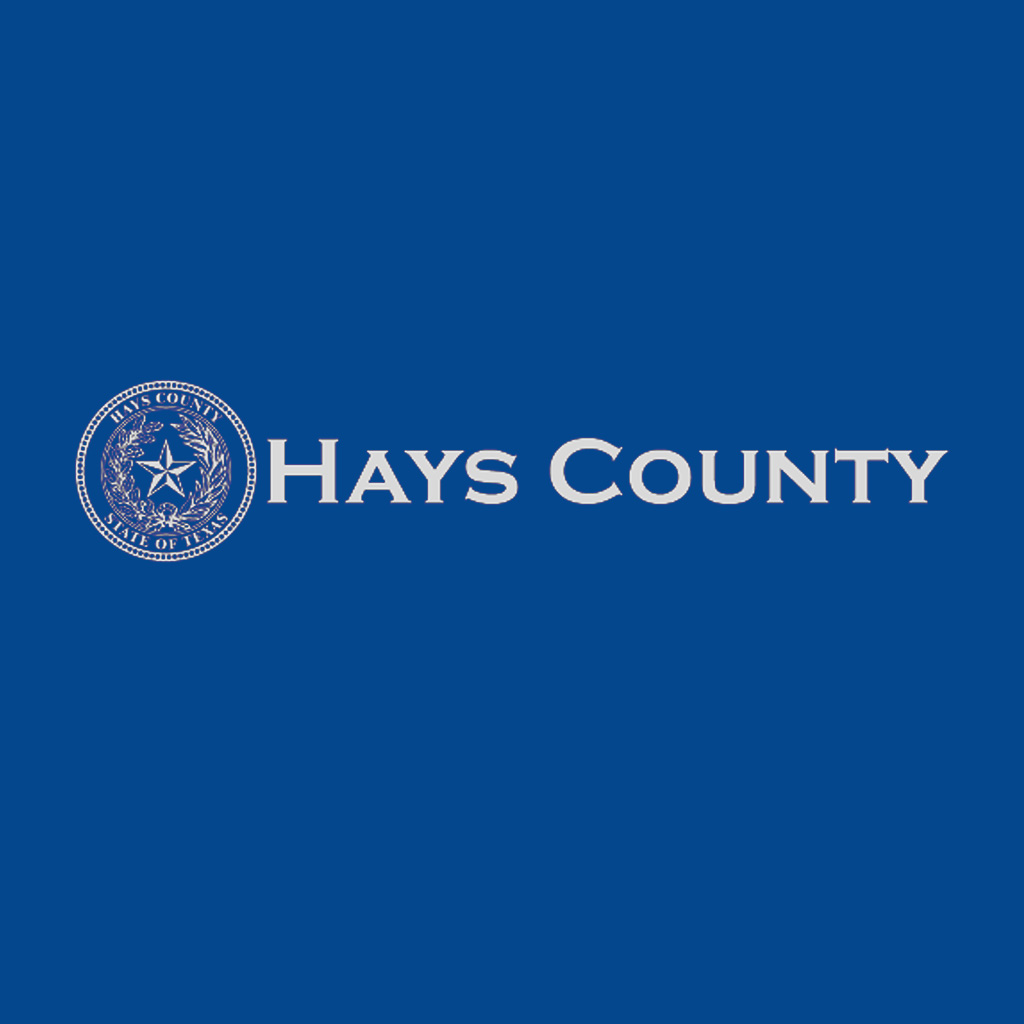A Blueprint for Change
Change management is an essential aspect of organizational development as organizations new processes, systems, and structures. A systematic approach is crucial for the success of any change initiative. Follow these steps and set your organization up for success.
- Clearly define the need for change
Is it due to external factors such as market trends or internal factors such as the need to improve processes or systems?
- Develop a clear and compelling vision
Is the vision for the change initiative understood and supported by the stakeholders?
- Assess the impact of the change
What is the impact of the change to stakeholders, and what are the risks and opportunities of changing and not changing?
- Assemble a change management team
Is someone leading the change initiative? Does the change management team have the skills and experience to implement the change? Does the team have the support of a senior leader that will champion the project?
- Develop a detailed change plan
Does the plan clearly define timelines, objectives, and action steps? Is there an internal and external communication plan? Is the plan well-supported and understood by stakeholders? Did stakeholders help create the plan?
- Communicate the change
Do all stakeholders, internal and external, know the status of the project and its progress, understand the benefits of the change, and have an opportunity to effectively provide feedback? Are stakeholder’s concerns being addressed?
- Provide training opportunities
Do all stakeholders know when the change is taking place? Are all stakeholders confident in how to perform the new processes, use the new systems, or where they need to go?
- Monitor and track progress
How do you know the changes created the value and desired effects expected? Do you have the data to prove it?
- Address resistance to change
Who needs extra attention? Did the change impact this stakeholder as expected? Is a change to the plan needed?
- Evaluate and refine the change process
How can the new process or system be improved further? What do we need to do to ensure stakeholders do not backslide into old habits? How can we encourage a culture of continuous improvement? Can the change withstand the loss of the oversight and management of the change team?
Change management is critical for organizations seeking to improve. It is important to effectively communicate, be flexible and adaptable, and continuously evaluate and improve the process. By staying committed to these principles, organizations can achieve their desired outcomes and drive progress.
At Front Line Advisory Group (FLAG), we are providing change management services to help municipalities collect and analyze data, improve stakeholder communication, leverage technology, develop training plans, and more. We believe these are the most effective and affordable ways for municipalities to scale their capabilities. Contact us for more info at info@frontlineadvisorygroup.com.












